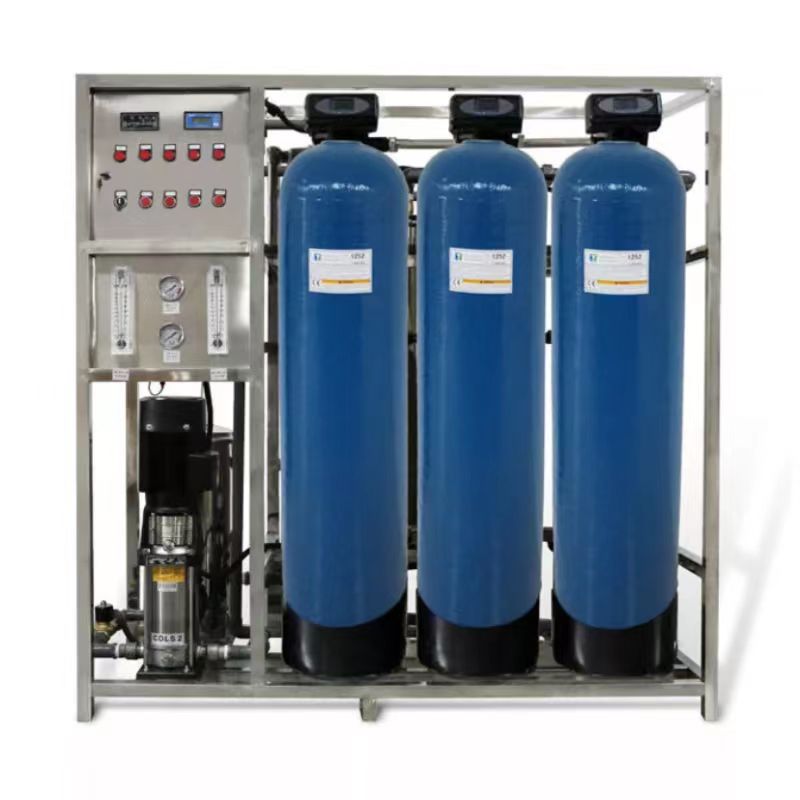Dissecting Excellence: The Key Components of an RO Filtration System
2023-11-18
Introduction:
In the world of water purification, Reverse Osmosis (RO) filtration systems stand as champions, delivering crystal-clear, contaminant-free water. Understanding the inner workings of these systems requires a closer look at their key components. Join us on a journey as we dissect the elements that make RO filtration an unparalleled technology in providing clean and safe drinking water.
1. Pre-filtration Stage:
At the forefront of the RO filtration system is the pre-filtration stage. This component is responsible for capturing larger particles like sediment and debris that could potentially harm the delicate RO membrane. Common pre-filters include sediment filters and carbon filters, setting the stage for the subsequent phases.
2. RO Membrane:
The heart and soul of the RO system is the semi-permeable membrane. This thin layer, often made of composite materials, acts as a molecular sieve, allowing water molecules to pass through while blocking contaminants. The size of the pores in the membrane is critical in determining the range of particles removed, ensuring a comprehensive filtration process.
3. Water Storage Tank:
To provide a steady and convenient supply of purified water, an RO system incorporates a water storage tank. This tank collects and stores the filtered water, making it readily available for use in households or businesses. It also plays a role in maintaining water pressure throughout the system.
4. Post-filtration Stage:
Following the passage through the RO membrane, the water undergoes a post-filtration stage. This stage typically involves additional filters, such as carbon filters or polishing filters, to further enhance the taste and quality of the purified water. It acts as a final touch, ensuring that the water reaching the consumer is of the highest standard.
5. Flow Restrictor:
To regulate the flow of water through the RO membrane, a flow restrictor is employed. This small but crucial component helps maintain the right balance, allowing enough time for contaminants to be effectively separated while ensuring a continuous supply of purified water.
6. Auto Shut-off Valve:
Efficiency is key in RO systems, and the auto shut-off valve plays a vital role in conserving water. It stops the flow of water to the membrane once the storage tank is full, preventing unnecessary water wastage.
7. Check Valve:
To prevent backflow and maintain the integrity of the filtration process, a check valve is integrated into the RO system. This valve ensures that water moves in the desired direction, from pre-filtration to post-filtration.
Conclusion:
In the intricate dance of water purification, the key components of an RO filtration system work harmoniously to provide us with water that goes beyond the ordinary. From pre-filtration to the finely-tuned membrane, each component plays a crucial role in ensuring that the water we consume is not just clear but also free from contaminants, setting a standard for purity that only the marvel of Reverse Osmosis can achieve.



